China is the birthplace of tea, with a long history that can be traced back to the time of "Shennong". Drinking tea as a daily habit has always been loved by the public. Different forms of tea drinking habits in different periods have gradually formed a unique tea culture, which not only includes the basic tea drinking activities, but also contains rich cultural connotations and humanistic spirits. Traditional Chinese medicine, as an excellent traditional culture in China, is profound and has a long history. The culture of health preservation in traditional Chinese medicine also has a profound influence on the development of tea culture, allowing people to constantly explore the health attributes of tea drinking activities, and fundamentally understand and appreciate the value and significance of tea drinking. Because of this, leisure teahouses and health preservation centers that combine traditional Chinese medicine health preservation with tea drinking are now prevalent, making tea drinking more and more normalized in people's lives. However, due to the complex tea processing techniques, diverse tea varieties, and different physical constitutions of individuals, in order to follow the path of health preservation, one not only needs to find the suitable tea variety for oneself, but also needs to comply with the scientific rules of tea drinking in different seasons.
Different Types: Different Processing Methods and Various Effects
The recorded names of tea leaves in ancient books and herbal books amount to as many as 14 kinds. The classification standard widely recognized by domestic and foreign scholars is based on the processing methods and quality characteristics of tea leaves, dividing them into green tea, yellow tea, black tea, white tea, red tea, and oolong tea. Different categories of tea have significant differences in quality characteristics. In-depth understanding of the tea making process and clear classification is beneficial to better grasp the functions of tea and drink tea scientifically and reasonably.
Green tea, which is well known by the general public, is the most produced type of tea in China. Common green teas include West Lake Longjing, Dongting Biluochun, Nanjing Yuhua Tea, etc. The basic production process is divided into three steps: fixation, rolling, and drying, among which fixation is the most crucial step to ensure the fresh green color of the tea leaves.

Green tea, after brewing, has a bright color and a mellow taste. The rolling step makes it easier for the tea aroma to be released, resulting in clear and transparent tea water. Research has found that among many types of tea, green tea is the most beneficial to health and is suitable for people with conditions such as "three highs".

Yellow tea, represented mainly by Junshan Silver Needle, Mengding Huangya, Huangshan Huangya, etc., has an additional step of mildewy yellow based on the processing method of green tea. Mildewy yellow refers to the process of piling up fresh leaves after fixation, rolling, or initial drying while they are still hot, gradually turning yellow under the action of humidity and heat. After brewing, yellow tea leaves unfold into golden yellow color with a strong aroma, while the brewed tea water presents apricot yellow color with a sweet and refreshing taste. Due to the abundant digestive enzymes produced during the mildewy process, yellow tea has the effects of invigorating the spleen and stomach and aiding digestion.

Black tea, which includes Yunnan Pu'er tea, Hunan black tea, Guangxi Liubao tea, etc., has a more complex production process. After fixation and rolling, it is left for a long time to fully ferment, resulting in the tea leaves turning oily black, a process called "wo dui". "Wo dui" is crucial and is the key step that determines the quality of black tea. After brewing, black tea leaves are straight and dark brown, and the tea water is fragrant and mellow. Black tea is the raw material for compressed tea and has the functions of aiding digestion, relieving greasiness, calming the mind, and relieving alcohol, making it suitable for the daily consumption of people with conditions such as "three highs".

White tea, represented mainly by Baihao Yinzhen (Silver Needle) and Bai Mudan (White Peony), often uses tea tree varieties with more white hairs on the buds and leaves. The production process does not involve frying or rolling. Generally, it goes through two steps: withering and drying, with the former being the fermentation process. The withered tea leaves are directly dried and shaped, so white tea has a white and tender color, and the original shape of the leaves is mostly preserved. After brewing, the tea water has a slight color, a light taste, and leaves a slight sweet aftertaste. According to the nature of white tea, it has the effects of clearing heat and reducing fire and relieving summer heat.

Red tea, represented mainly by Qihong, Dianhong, Sichuanhong, and other varieties, has the most complex production process, including withering, rolling, fermenting, and drying. Fermentation is the process that produces theaflavins, thearubigins, and other colored substances and special fragrant substances. After brewing, the color of the tea is dark and lustrous, the aroma is overflowing, the taste is sweet and mellow, and the bottom of the leaves is a bronze color. Red tea has a warm nature and is suitable for people with weak spleen and stomach or for consumption in winter.

Oolong tea, also known as "Wulong tea", is a semi-fermented tea and is divided into four types: Minbei Oolong, Minnan Oolong, Guangdong Oolong, and Taiwan Oolong. The production process includes withering, "making green", frying, rolling, and drying. "Making green" is a unique process for oolong tea, which involves damaging part of the fresh leaves under mechanical force, promoting the oxidation and polymerization of internal substances, and resulting in the appearance of green leaves with red edges. After brewing, oolong tea has a clear orange-yellow color, a mellow and fresh taste, and combines the advantages of both green tea and black tea, making it a perfect combination of the two.
In addition to the six types of tea mentioned above, there are also more specific types, which are a category of tea made by further processing green tea, black tea, or black tea based on the characteristics of tea leaves. Common examples include jasmine tea, osmanthus tea, rose tea, etc.; compressed tea, such as Pu'er compressed tea, black bricks, and green bricks.
Tea Drinking Etiquette: Appropriate and Inappropriate Temperatures Vary with the Seasons
| 1 2 > >> >>|



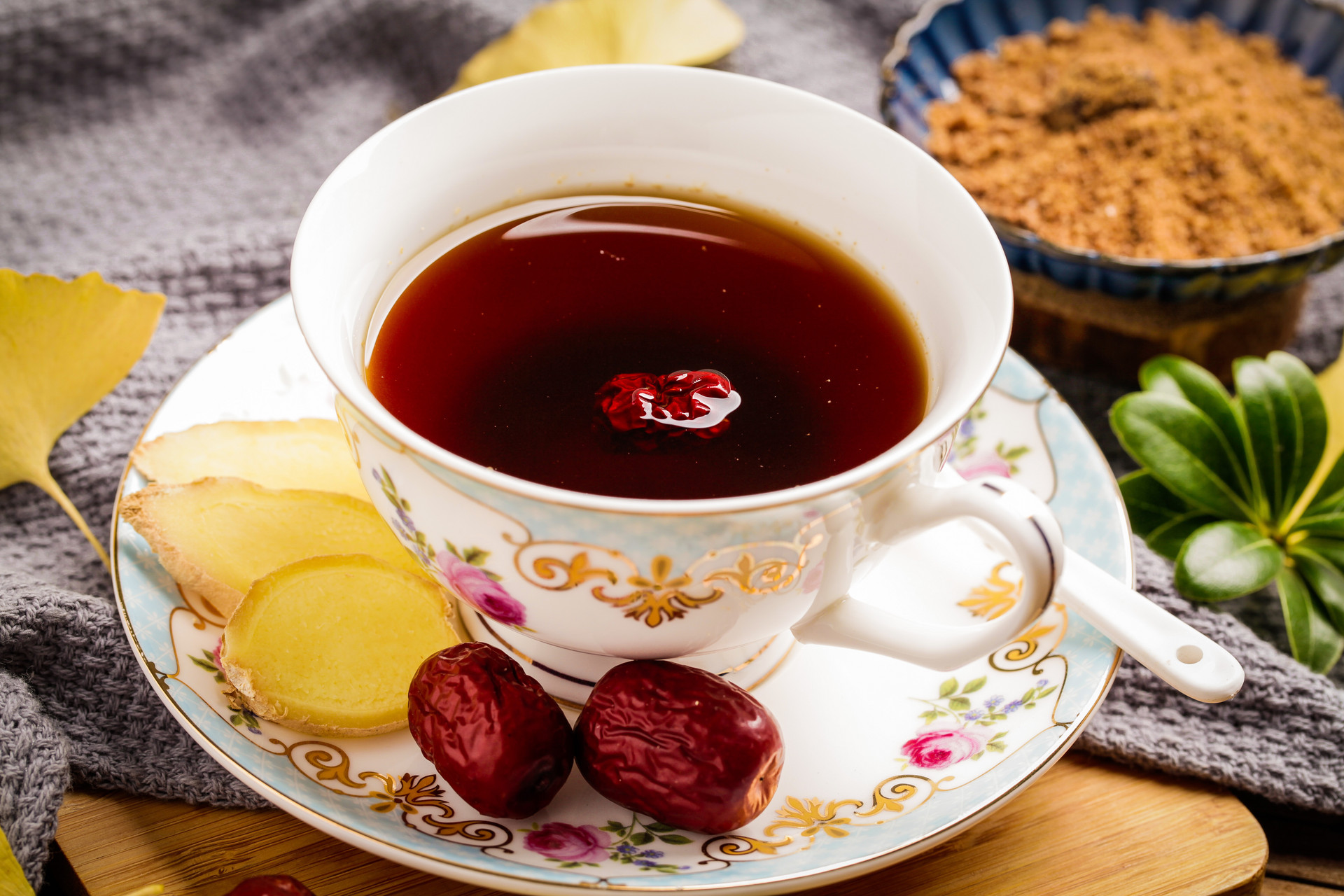
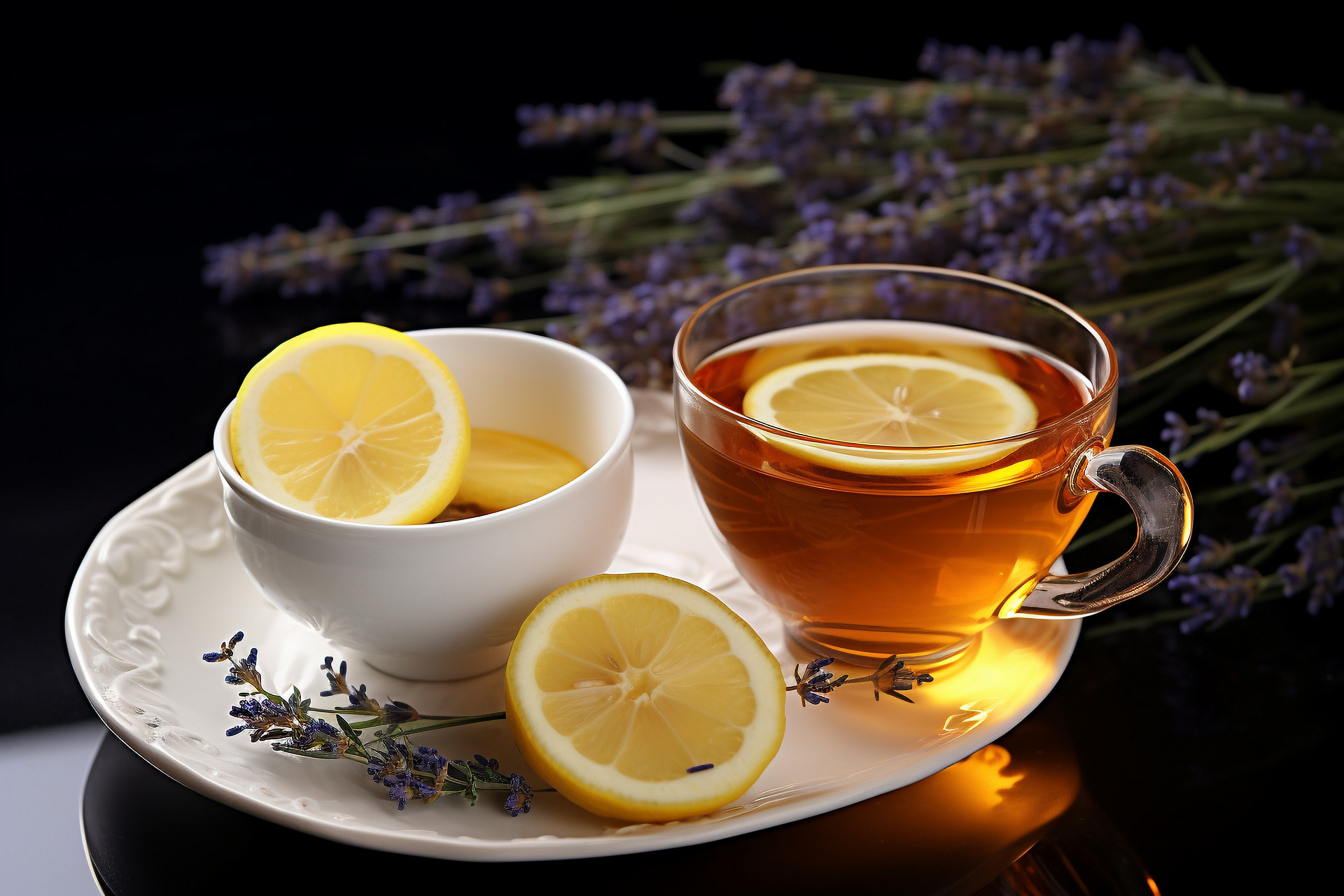
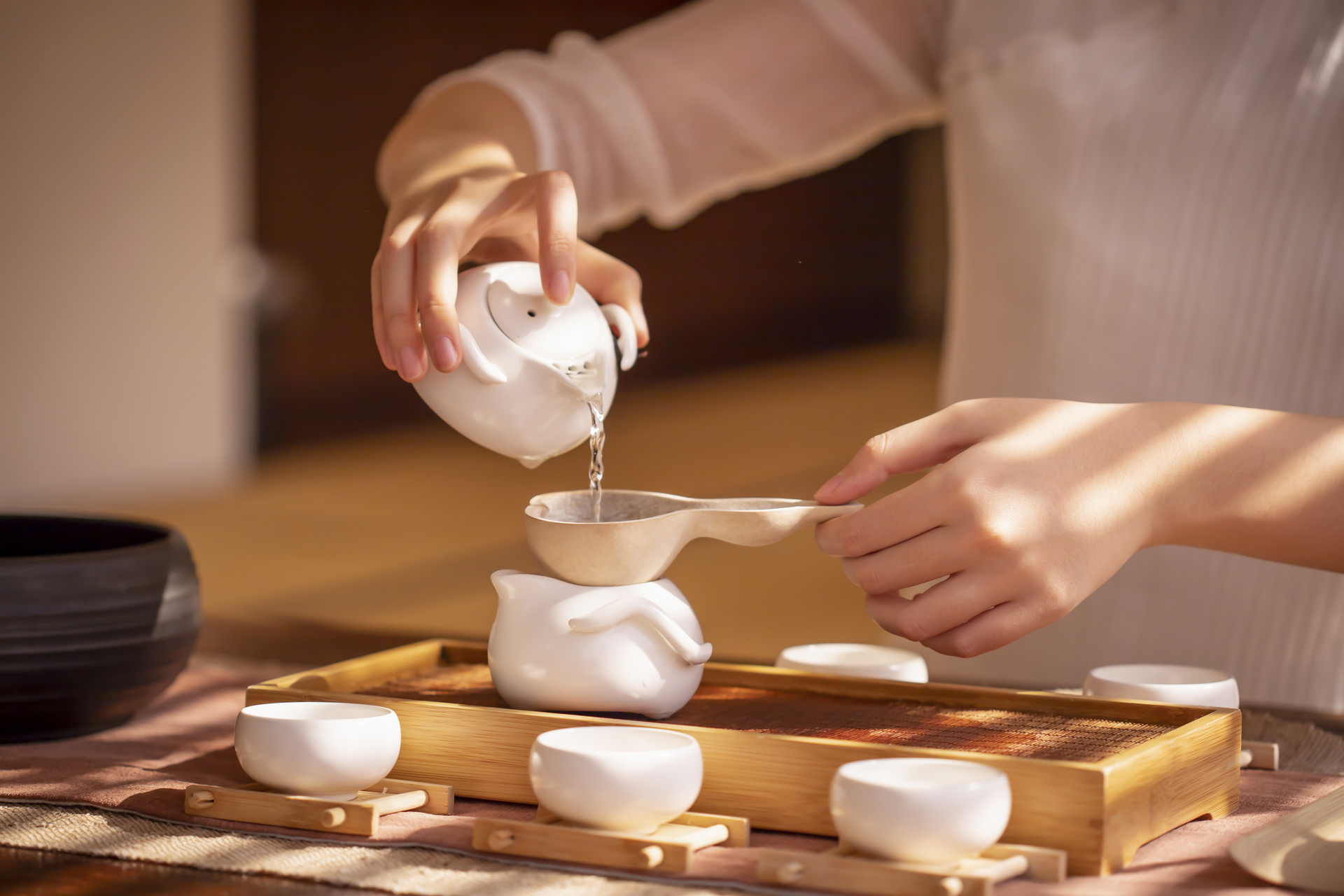
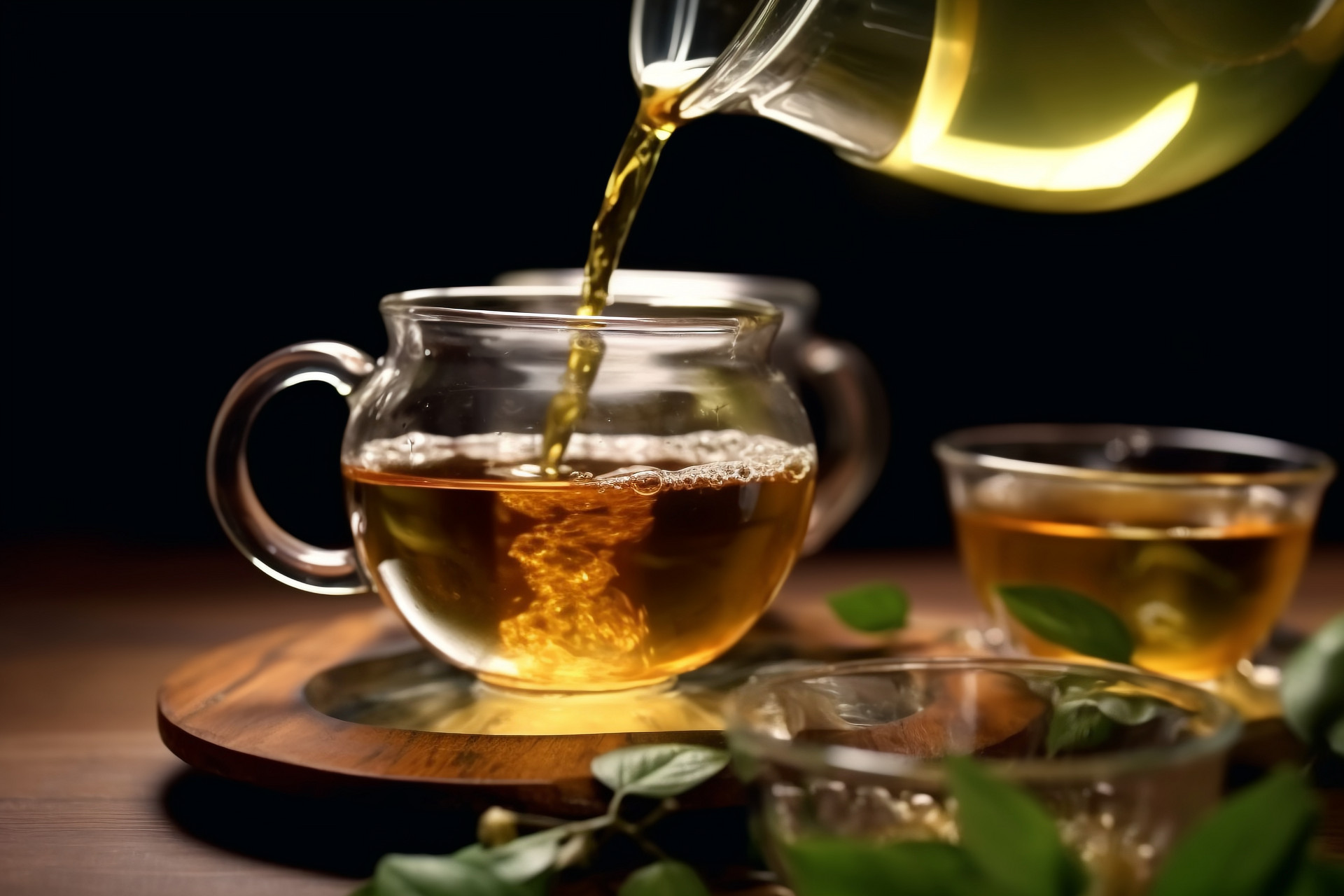

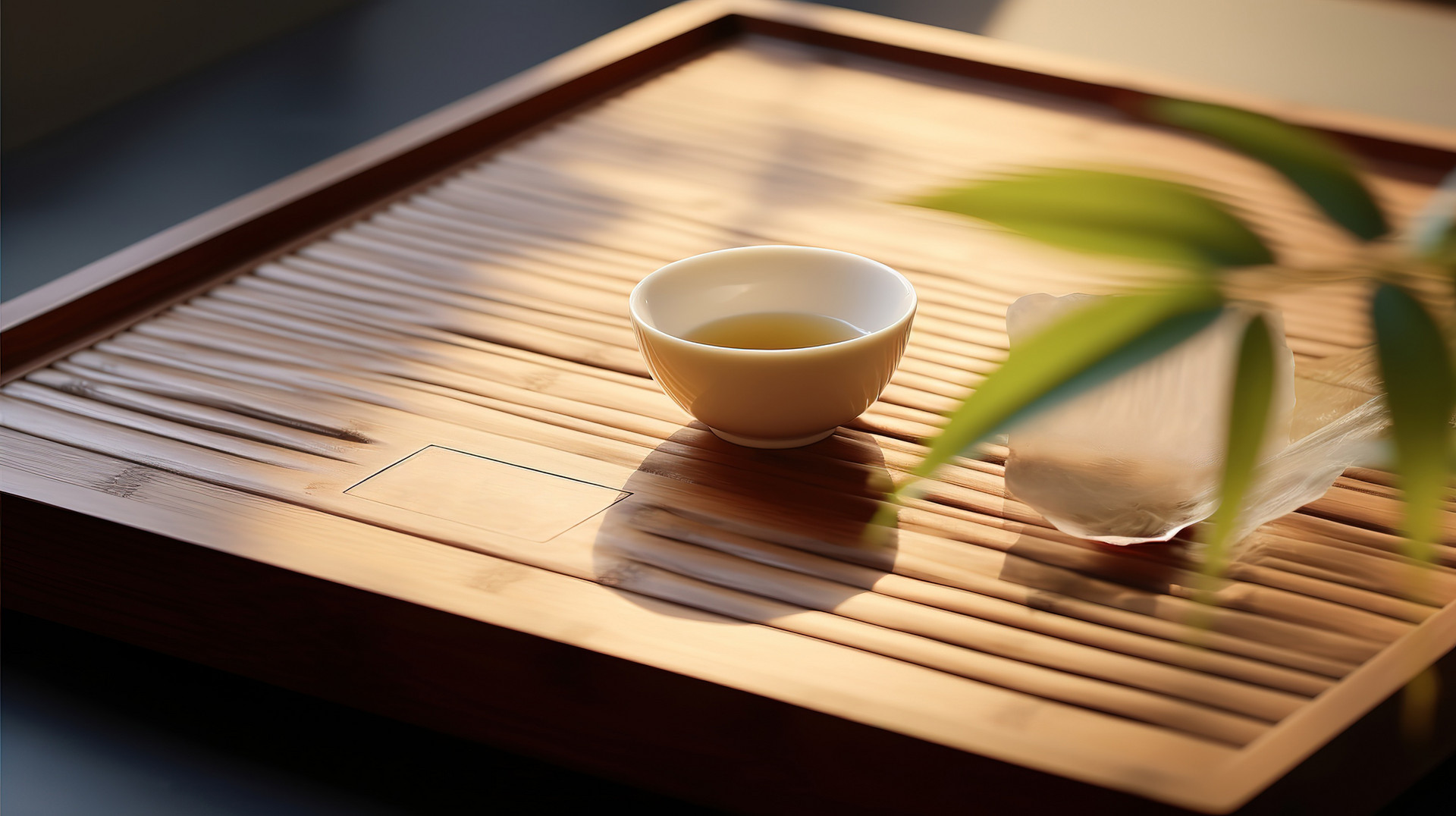
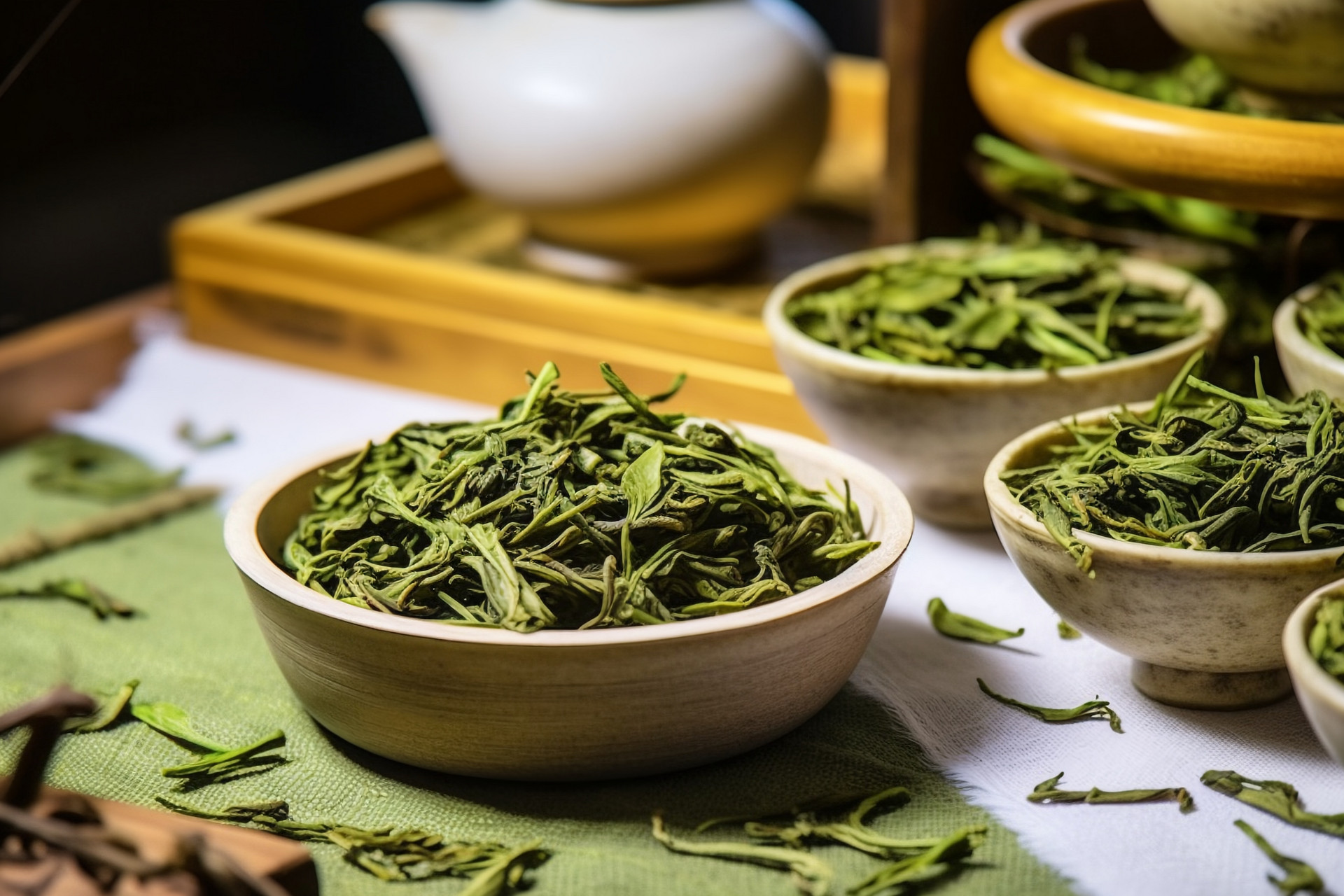
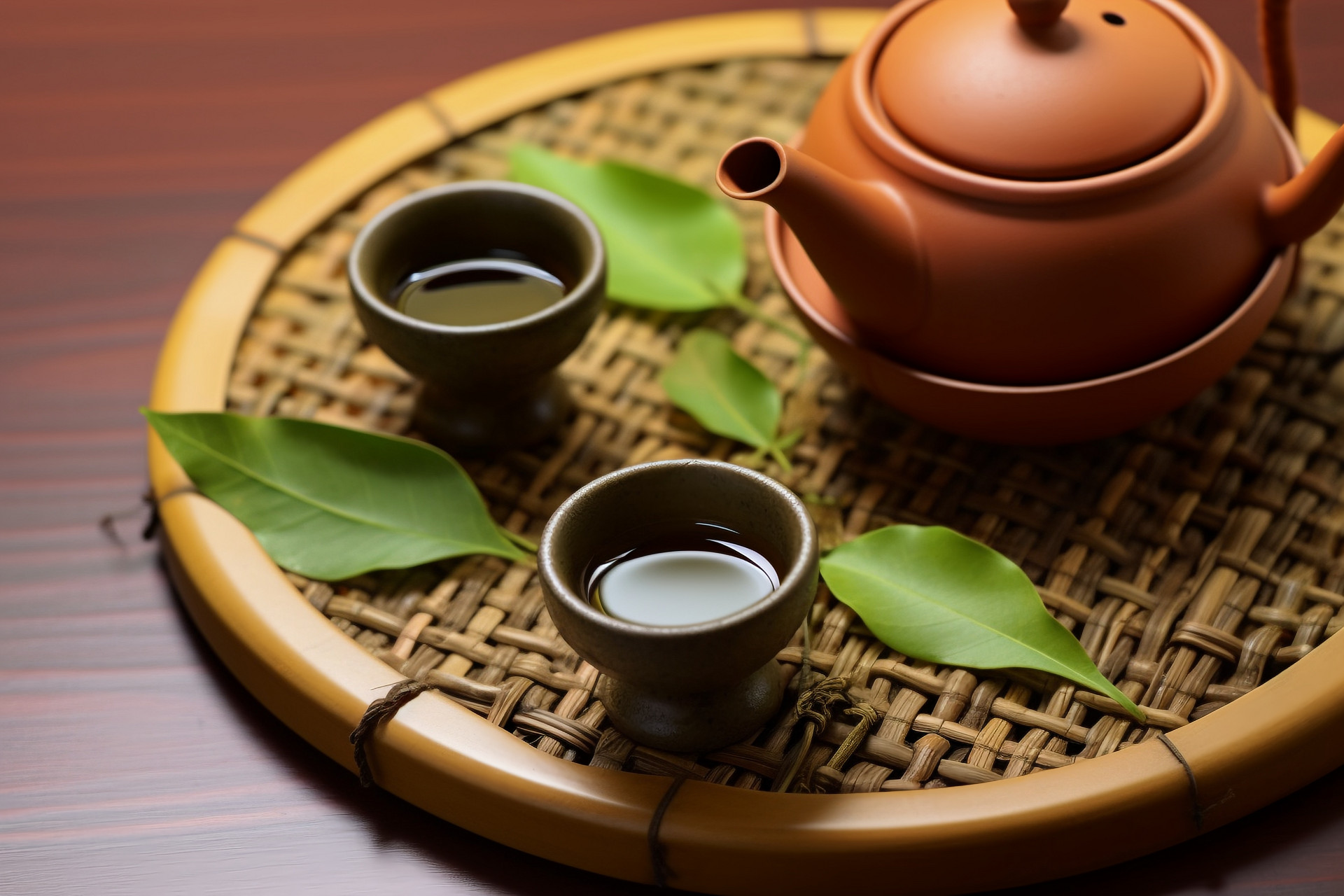
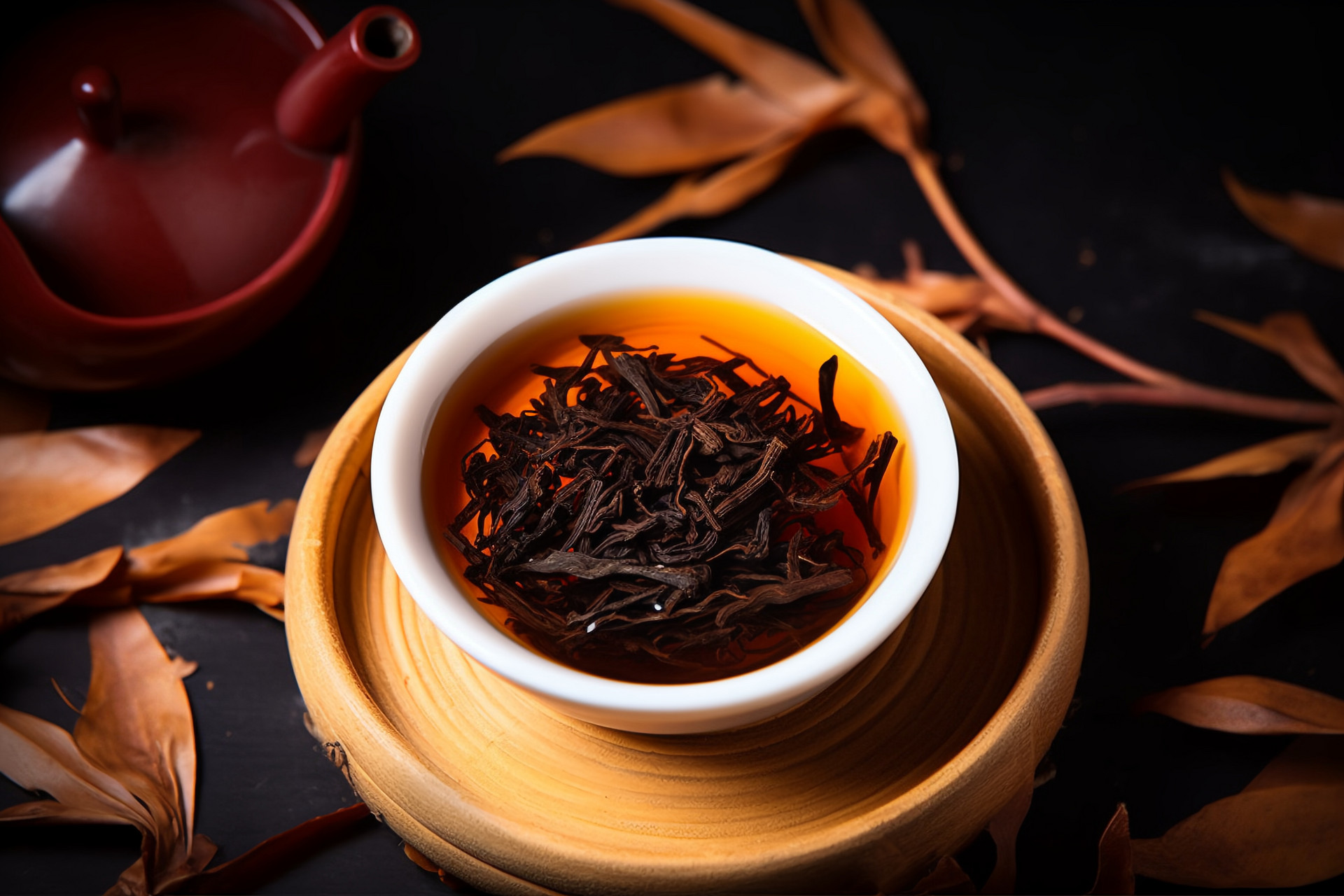
![[Herbal Wine Recipes for Health and Beauty]](https://tcmmaintenance.com/uploads/20240715/7241f6b6eafdaed88c28b26a37213964.jpg)